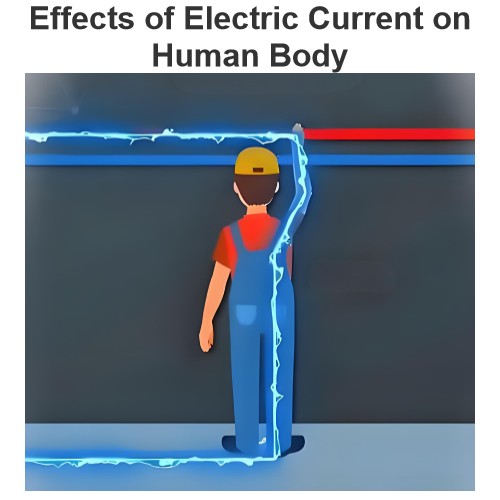Reasons for using low voltage current supply
People choose to use low voltage/low current power supplies instead of high voltage/high current power supplies in many cases, mainly for safety, efficiency, economy and applicability considerations. Here are some of the main reasons:
Security
Reduce the risk of electric shock
Low voltage power supplies have a lower risk of shock than high voltage power supplies. The safe voltage of the human body is generally considered to be below 36 volts (depending on environmental humidity and other factors), so the use of low voltage can effectively reduce the occurrence of electric shock accidents.
Easy to protect
When designing and installing electrical equipment, low-voltage systems make it easier to implement protective measures, such as insulation and shielding, to protect users from electric shocks.
Efficiency and economy
Reduce loss
In the case of transmitting the same power, the use of a high voltage can reduce the current, thus reducing the resistance loss (ohmic loss) in the wire. However, at the end point of use, it is often necessary to convert high voltages to low voltages for everyday appliance use. This conversion process itself will also produce a certain loss, but overall it is still conducive to improving the efficiency of the entire system.
Reduce cost
The use of high voltage to transmit power can reduce the cross-sectional area of the required wires, thus saving material costs. However, for the end user, most electrical equipment is designed to use lower voltage, so the use of low voltage power supply is more economical.
Applicability
Device compatibility
Most household appliances and electronic devices are designed to use low voltage, so it is more appropriate to use low voltage in these applications.
Portability and flexibility
In some portable devices, such as mobile phones, laptops, etc., it is more convenient to use a low voltage/low current power supply because these devices often rely on battery power, which provides a lower voltage.
Installation and maintenance
Simple installation
Low voltage systems are generally simpler to install than high voltage systems, which require more safety measures and technical requirements.
Easy to maintain
Low voltage systems are relatively safer to maintain, reducing the need for professionals and also reducing maintenance costs.
Regulations and standards
Compliance with regulatory requirements
The electrical safety standards of various countries and regions usually have clear provisions for low voltage systems, ensuring the safety of use. For example, the International Electrotechnical Commission (IEC) and the National Bureau of Standards (such as China's GB standard) have corresponding electrical safety codes.
In general, although high voltage/high current power supply has its advantages in power transmission, in the final use, for safety, economy, applicability and other considerations, people usually choose low voltage/low current power supply. This choice not only ensures the safety of users, but also meets the design needs of most electrical equipment.
The Electricity Encyclopedia is dedicated to accelerating the dissemination and application of electricity knowledge and adding impetus to the development and innovation of the electricity industry.













